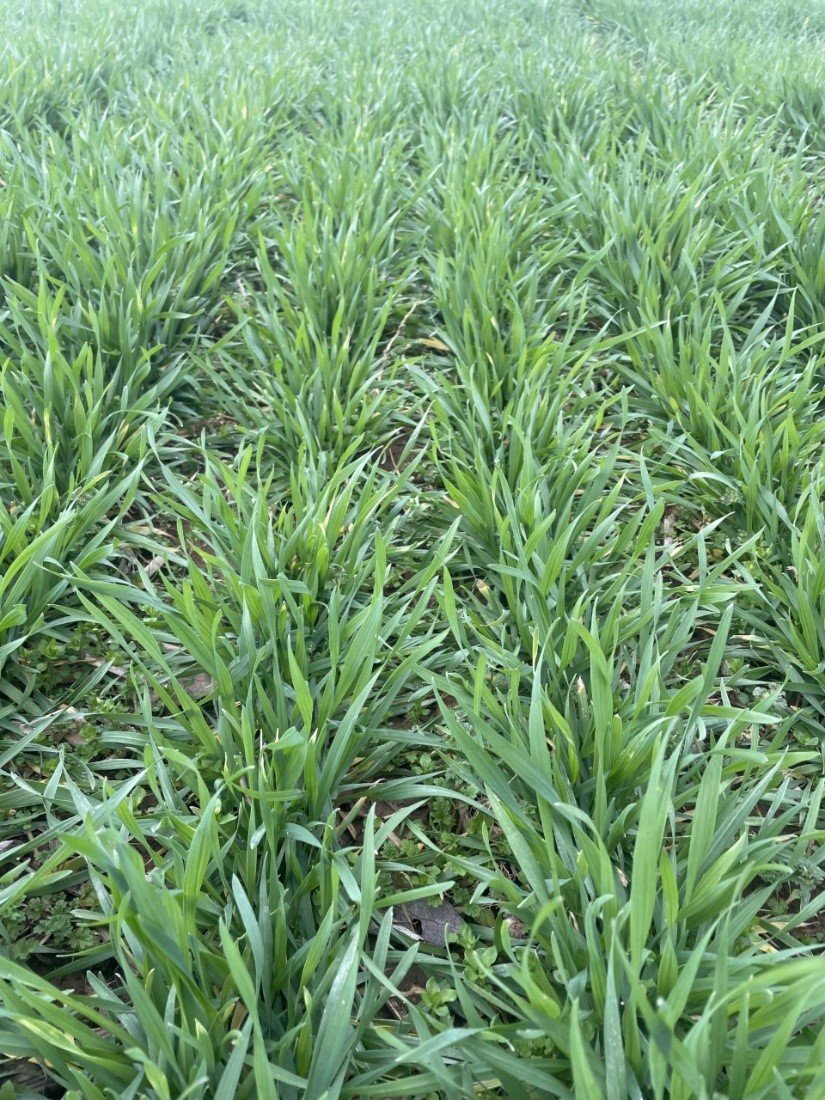Higher yields are attributed to genetic improvement, better management practices, and, possibly, changes in the environment, although the contribution of each is hotly debated. There has been, however, less discussion of how the plant changed to produce more seeds per unit area.
Read MoreSoil sampling time may be in short supply when crop harvest is to be followed by the establishment of a succeeding crop. Soil test results are not always timely, further delaying prescription map development. Due to the expense, grid, or zone, sampling is often done only every 2 to 4 years, which raises the question of how much fertilizer is to be applied in other years.
Read MoreSmoke from forest fires in Canada recently produced hazy conditions in parts of the Midwest, the East, and the Mid-South. Smoke and haze reduce the solar radiation reaching the earth’s surface. Will this reduction reduce crop yields?
Read MoreSouthern rust of corn, caused by the fungus Puccinia polysora, was confirmed in Kentucky on August 8, in Todd County. As of August 8, we have only confirmed the disease in Todd County, but with our current weather conducive for disease development, it will not be surprising to see additional confirmations across the state.
Read MoreEither corn or soybean fully submerged more than 24 hours in these temperatures likely died. Plants in fields flooded for about 48 hours or more - even with plants exposed - likely will die. Generally, the area of plant death is larger than we initially estimate. If the water was over the ears for about 24 hours, then the ears are lost. They very likely have started to rot by now.
Read MoreThe dry weather across the state is putting stress on the corn crop. The lack of water to corn before the V12 growth stage usually results in minimal yield losses if adequate water occurs at V12 and beyond. Most of the corn in Kentucky ranges from just planted to about V9 as of June 5, 2023.
Read MoreRead the latest research report on managing Fusarium head blight (head scab) in wheat from the University of Kentucky. This research was conducted by Nathaniel White, Timothy Stombaugh, and Carl Bradley with funding from the Kentucky Small Grain Promotion Council. It was published in the Plant Health Progress research journal.
Read MoreKentucky is known nationally for consistently growing a wheat/double-crop soybean rotation. This rotation has been a part of Kentucky agriculture for many years because of all its benefits.
Read MoreFreezing temperatures were recorded across Kentucky Monday morning, April 24, 2023. The coldest temperatures were mostly in central and eastern Kentucky, but freezing temperatures were as far west as Trigg and Webster counties.
Read MoreDuring the last couple of years, slugs and snails have become serious pests of soybeans in many areas of the North Central U.S., including Kentucky, Illinois, Indiana, Ohio, and West Virginia. These mollusks feed on germinating seeds until the V0 to V4 growth stages of soybean plants.
Read MoreCorn planting is underway in western Kentucky, and the number of acres should increase rapidly this week. In most years, the weather, forecast, and soil conditions are more important than the calendar for planting corn.
Read MoreHerbicide burndown applications have begun in Kentucky and are likely to continue in earnest over the next two weeks. This spring has been tough so far for herbicide applications, with wide temperature swings every couple of days, but the forecast looks promising for good burndown weather.
Read MoreOn March 15 and again from March 17 to 21, temperatures plummeted across the state. Minimum air temperatures dropped into the teens and low 20°F across the entire state overnight from March 19 to 20.
Read MoreAs the ‘meteorological’ winter ends (Dec 1 to Feb 28) for 2023, we are projected to have the warmest winter on record. This is impressive considering the sub-zero temperatures in late December 2022.
Read MoreFollowing sub-freezing and especially sub-zero temperatures wheat growers throughout the state usually ask “did the snow (and or ice) hurt the wheat?”
Read MoreWe would like to welcome Dr. Grant Gardner, new Extension Specialist in Agriculture Economics at the University of Kentucky.
Read MoreFungicide resistance is a growing concern in agriculture and also in human fungal pathogens. Improving our understanding of knowledge gaps in understanding of fungicide resistance will help us provide better extension resources to clientele.
Read MoreA common belief among soybean producers is that more nodes are the key to higher yields. Since flowers and pods are produced at nodes, it’s obvious that more nodes will result in more pods and higher yield, or so the story goes.
Read More

















